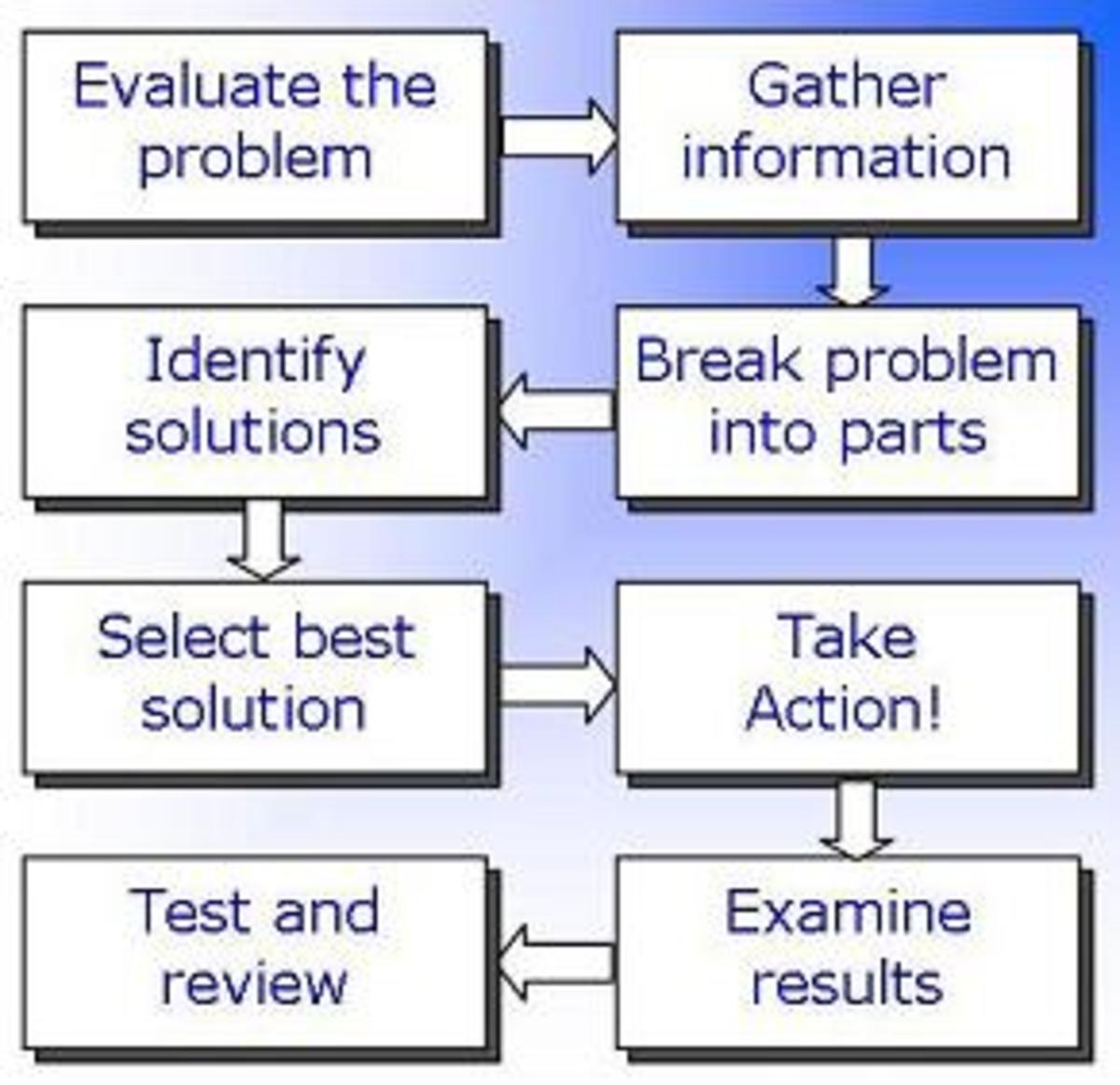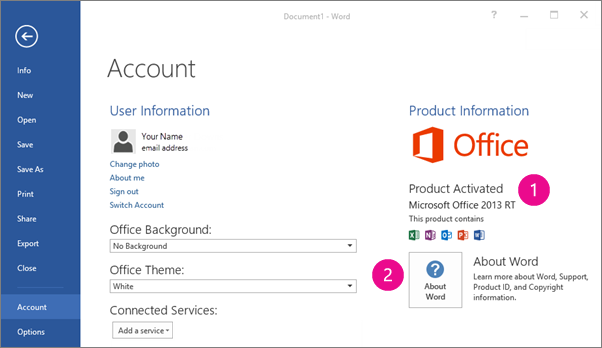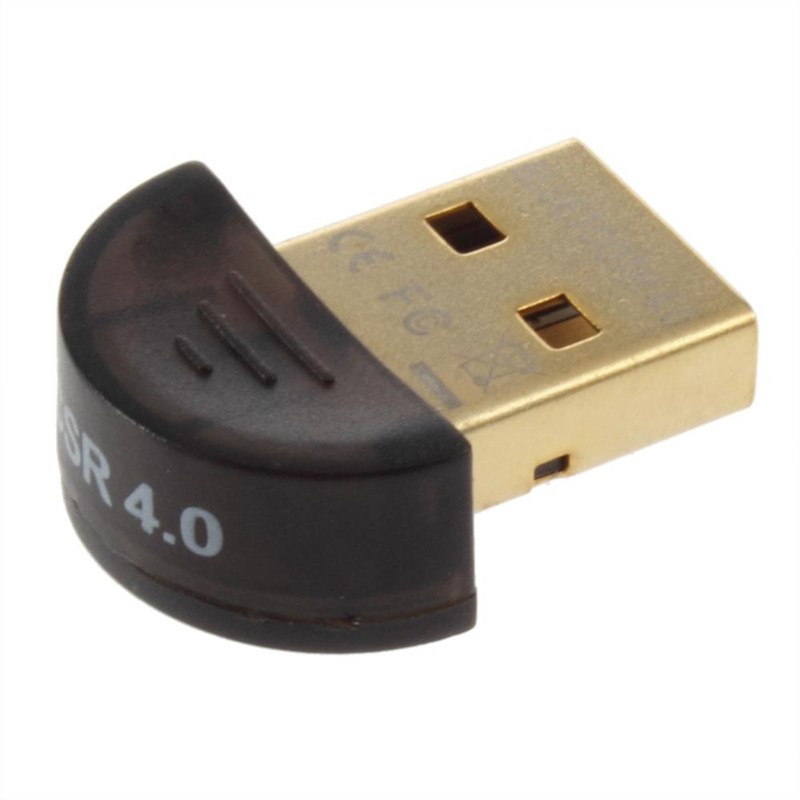What Is The Difference Between Program Evaluation And Curriculum Evaluation
Element 5 Developing a Program and Evaluation Plan. Creating a program plan. A program plan links to the strategies or broad approaches to facilitating change identified in the program plan. For example, building healthy public policy or creating supportive environments are strategies. Each strategy contains one or more activities. Planning terms may vary between organizations. One common point of confusion is the difference between tasks and activities. Relationship between programs, strategies, activites and tasks. According to THCU, activities are products or services that are made or held for a given audience, such as an event, a phone in counseling service or a self help group. Output is another fairly common term that may be used to replace activity. Tasks are different from activities. Each activity may require multiple tasks. Tasks are a part of operational work plans. They are assigned people, resources and deadlines. They are required to make activities happen. Tasks are sometimes called action steps. Tasks include such things as hiring a consultant, researching potential speakers or booking meetings. Tasks are operational steps or actions that contribute to the development of activities for an audience. Get a basic guide to program evaluation in this topic from the Free Management Library. Program description of Big Brothers Big Sisters of America. The Programs that Work section of the Promising Practices Network PPN site features descriptions of. Program evaluation is essential to public health. The Centers for Disease Control and Prevention sets standards for evaluation, develops evaluation tools and. Priority setting and decision making It is important to prioritize efforts. Where will resources and efforts have the most impactWhat projects will require a longer term investment Its important to be realistic about what can be accomplished with the human and financial resources available. Not all activities will be compatible with the culture of an organization. Be critical when choosing activities. Many practices that are used to promote mental health are also strategies for supporting employees who have mental illness. Therefore, one benefit of implementing many of these programs is that they also aid people with mental health issues. SEDL merged with the American Institutes for Research AIR on January 1, 2015. This archived website contains the work of SEDL legacy projects and rich resources. Program description of HighScope Perry Preschool Program. The Programs that Work section of the Promising Practices Network PPN site features descriptions of. They may allow them to be successful without requiring them to disclose their illness. Ideally, healthy workplace plans are flexible and allow individuals to indicate the changes or supports they need in order to work well and be productive. Flexible work programs support everyone within the workplace, they enable every employee to be more productive, less stressed and have overall better mental health. The majority of Canadians are reporting higher levels of burnout, major depression, anxiety and other mental health problems1. Mentally healthy workplaces provide mentally healthy options and programs for all employees. By making these programs available to everyone, employees with mental illness can access them without disclosing and potentially exposing themselves to stigma and discrimination. Creating an evaluation plan. Evaluations of CWHP initiatives are carried out to determine the effectiveness or impact of a program i. CWHP initiative,identify ways of improving a program, such as ensuring that all activities are relevant and appropriate to the health needs of employees and removing potential barriers to participation assess the economic efficiency of a program through costs benefit or cost effectiveness analysis compare a CWHP program with similar initiatives being implemented elsewhere use the evaluation information for a range of purposes, including promotion, fundraising, attracting potential partners and advocating for policy changes to create healthier workplaces. An evaluation plan should be created before evaluation has started. It must consider both formative and summative evaluation. Formative evaluation plans must be created during the program planning phase, before implementation. Summative evaluation is completed at the end of the project. This shows whether the program was successful and can be used to decide whether it should continue. There are three types of evaluations to consider2, not all of which will necessarily be used for every program. Type of Evaluation. Description. Examples of what it evaluates. Formative evaluation. Focuses on programs that are under development. Used in the planning stages of a program to ensure program is based on stakeholders needs and is using effective and appropriate materials and procedures. A situational assessment is a critical formative evaluation activity. Process evaluation. Focuses on programs that are already underway. Examines the procedures and tasks involved in providing a program. Answers what services are actually being delivered and to whomTracking the quantity and descriptors of people who are reached by the program. Tracking the quantity and types of services provided and descriptions of what actually occurred while providing services. Summative evaluation. Focuses on programs that are already underway or completed. Investigates the effects of the program, both intended and unintended. Answers, What difference did the program make impact evaluation and, Which stated goals and objectives were met outcome evaluationSummative evaluations can assess short term outcomes and long term outcomes. Changes in attitudes, knowledge or behaviour Changes in morbidity or mortality rates Cost benefit analysis Cost effectiveness analysis. Changes in policies. Impact assessments. Formative evaluation measurement can help improve the program during and after the implementation. Summative evaluation measures provide the proof that the program works. Adapted from Bond, S. L., Boyd, S. E., Montgomery, D. L. 1. 99. 7 Taking Stock A Practical Guide to Evaluating Your Own Programs, Chapel Hill, NC Horizon Research, Inc. Available online at http www. Formative Evaluation Improve. Summative Evaluation Prove. Provides information that helps improve the program. Generates periodic reports. Information can be shared quickly. Generates information that can be used to demonstrate the results of the program to funders and the community. Focuses most on program activities, outputs and short term outcomes for the purpose of monitoring progress and making mid course corrections when needed. Focuses most on the programs intermediate term outcomes and impact. Although data may be collected throughout the program, the purpose is to determine the value and worth of a program based on results. Helpful in bringing suggestions for improvement to the attention of staff. Helpful in describing the quality and effectiveness of the program by documenting its impact on participants and the community. When conducting evaluations, practitioners should think about expected outcomes, how achievements will be measured and the role of the workers themselves in program planning, design, implementation and evaluation. In order to begin an evaluation plan, effective process and outcome objectives need to be created. Indicators also need to be set. Indicators are the units of measurement used to assess the extent to which objectives have been met. Outcome indicators help you decide whether your program is effective and successful. Process indicators help you decide whether your program was implemented in the way you intended. Indicators are a building block for a comprehensive evaluation plan. They should be reliable, valid and accessible. A mix of health and business indicators should be used and if organizational levels of change have been included, indicators regarding the workplace culture, including the psychosocial environment, will be necessary. Working life indicators and measures3Indicator. Measures. Stress. Percentage of adults who find their job very or extremely stressful. Work life balance. What is the difference between taking courses, classes or lessons The uses and meanings of course, class and lesson vary considerably between North American English and British English. North American Englishcourse. This means a series of classes, on a particular subject, usually lasting a whole semester or year. It does not mean a course of study for this North American English uses program or major. Evidence for this usage comes from American and Canadian University websites in which courses are usually given credit values, e. Schedule of Courses. Example sentences What courses do I need to take to get a degree in English Students must register for 4 courses to be considered full time. Im taking a course on Shakespeares sonnets. This has two possible meanings in a university context. First, as a particular instance of a course. Example sentences I cant go for coffee now, I have a class. I have classes all day Wednesday. Second, as a slightly more informal term for course. Example sentences Im taking a class on Shakespeares sonnets. How many classes are you taking this semester In a non university context, class substitutes for course, i. It still has the two meanings above, though. Example sentences For a series of individual classes on pottery,Im taking a pottery class. For a particular instance of a class,In my yoga class today, we did back bends. The word lesson isnt used much in the North American English higher educational context except as part of the compound noun lesson plan, which is a technical educational term meaning a plan for a single class. It also appears in the context of individual instruction, especially for musical instruments, e. British Englishcourse. In British English, a course refers to a course of study, i. Neither class nor lesson is used in the context of Higher Education in the UK, as far as I know.



 The OHSU School of Nursing has five campuses in Oregon, including Oregon Tech in Klamath Falls. Download UBSN Student Handbook. Accreditation. The baccalaureate degree in nursing program at the University of Bridgeport is accredited by Commission on Collegiate. Earn your Undergraduate Degree, Graduate Degree, and Certificate 100 online from US NewsRanked Villanova University. Enroll in a Program today Download printable fact sheet Overview Nursing Programs. Undergraduate onsite BSN Second Degree BSN. Undergraduate online RNBSN. Graduate online MSN. Lyberty. coms weeklymonthly splash page. Yes, a splash page is old fashioned, but its been a tradition here since 1999. Nursing Informatics Education Certification Programmatic accreditation from the Commission on Collegiate Nursing Education CCNE. The Master of Science in Nursing MSN degree program includes the FNP all specialty tracks at Chamberlain College of Nursing is accredited by the Commission on Collegiate Nursing Education CCNE, 6. K Street, NW, Suite 7. Washington, DC 2. See additional accreditation information. At this time, Chamberlain College of Nursing cannot accept inquiries from the states of North Carolina, Tennessee, Washington D. C. or the territory of Puerto Rico for the Graduate Certificate Programs in Nursing Education. At this time, Chamberlain College of Nursing cannot accept inquiries from the state of Tennessee, Washington D. C. or the territory of Puerto Rico for the Graduate Certificate Programs in Nursing Education with Practicum. At this time, Chamberlain College of Nursing cannot accept inquiries from the states of North Carolina, Washington D. C. or the territory of Puerto Rico for the Graduate Certificate Programs in Nursing Informatics. At this time, Chamberlain College of Nursing cannot accept inquiries from Washington D. C. or the territory of Puerto Rico for the Graduate Certificate Programs in Nursing Informatics with Practicum.
The OHSU School of Nursing has five campuses in Oregon, including Oregon Tech in Klamath Falls. Download UBSN Student Handbook. Accreditation. The baccalaureate degree in nursing program at the University of Bridgeport is accredited by Commission on Collegiate. Earn your Undergraduate Degree, Graduate Degree, and Certificate 100 online from US NewsRanked Villanova University. Enroll in a Program today Download printable fact sheet Overview Nursing Programs. Undergraduate onsite BSN Second Degree BSN. Undergraduate online RNBSN. Graduate online MSN. Lyberty. coms weeklymonthly splash page. Yes, a splash page is old fashioned, but its been a tradition here since 1999. Nursing Informatics Education Certification Programmatic accreditation from the Commission on Collegiate Nursing Education CCNE. The Master of Science in Nursing MSN degree program includes the FNP all specialty tracks at Chamberlain College of Nursing is accredited by the Commission on Collegiate Nursing Education CCNE, 6. K Street, NW, Suite 7. Washington, DC 2. See additional accreditation information. At this time, Chamberlain College of Nursing cannot accept inquiries from the states of North Carolina, Tennessee, Washington D. C. or the territory of Puerto Rico for the Graduate Certificate Programs in Nursing Education. At this time, Chamberlain College of Nursing cannot accept inquiries from the state of Tennessee, Washington D. C. or the territory of Puerto Rico for the Graduate Certificate Programs in Nursing Education with Practicum. At this time, Chamberlain College of Nursing cannot accept inquiries from the states of North Carolina, Washington D. C. or the territory of Puerto Rico for the Graduate Certificate Programs in Nursing Informatics. At this time, Chamberlain College of Nursing cannot accept inquiries from Washington D. C. or the territory of Puerto Rico for the Graduate Certificate Programs in Nursing Informatics with Practicum. 

 Issuu is a digital publishing platform that makes it simple to publish magazines, catalogs, newspapers, books, and more online. Easily share your publications and get. 11th Armored Cavalry Regiment History. Historical Review. By Neil C. Morrison Museum Director NTC 11TH ACR Museum TAKING COMMAND. When a new Commander takes. Thank you, your vote was recorded and the game rating will be updated soon. The Internets Best Resource for Shotgun Information. Do you have the skills to fly an FA18 Hornet Try it out in this free jet fighter game. 85play free games Metal Cavalry. Awesome tank game with 3D graphics demo for now but a must try for sure.
Issuu is a digital publishing platform that makes it simple to publish magazines, catalogs, newspapers, books, and more online. Easily share your publications and get. 11th Armored Cavalry Regiment History. Historical Review. By Neil C. Morrison Museum Director NTC 11TH ACR Museum TAKING COMMAND. When a new Commander takes. Thank you, your vote was recorded and the game rating will be updated soon. The Internets Best Resource for Shotgun Information. Do you have the skills to fly an FA18 Hornet Try it out in this free jet fighter game. 85play free games Metal Cavalry. Awesome tank game with 3D graphics demo for now but a must try for sure. 


